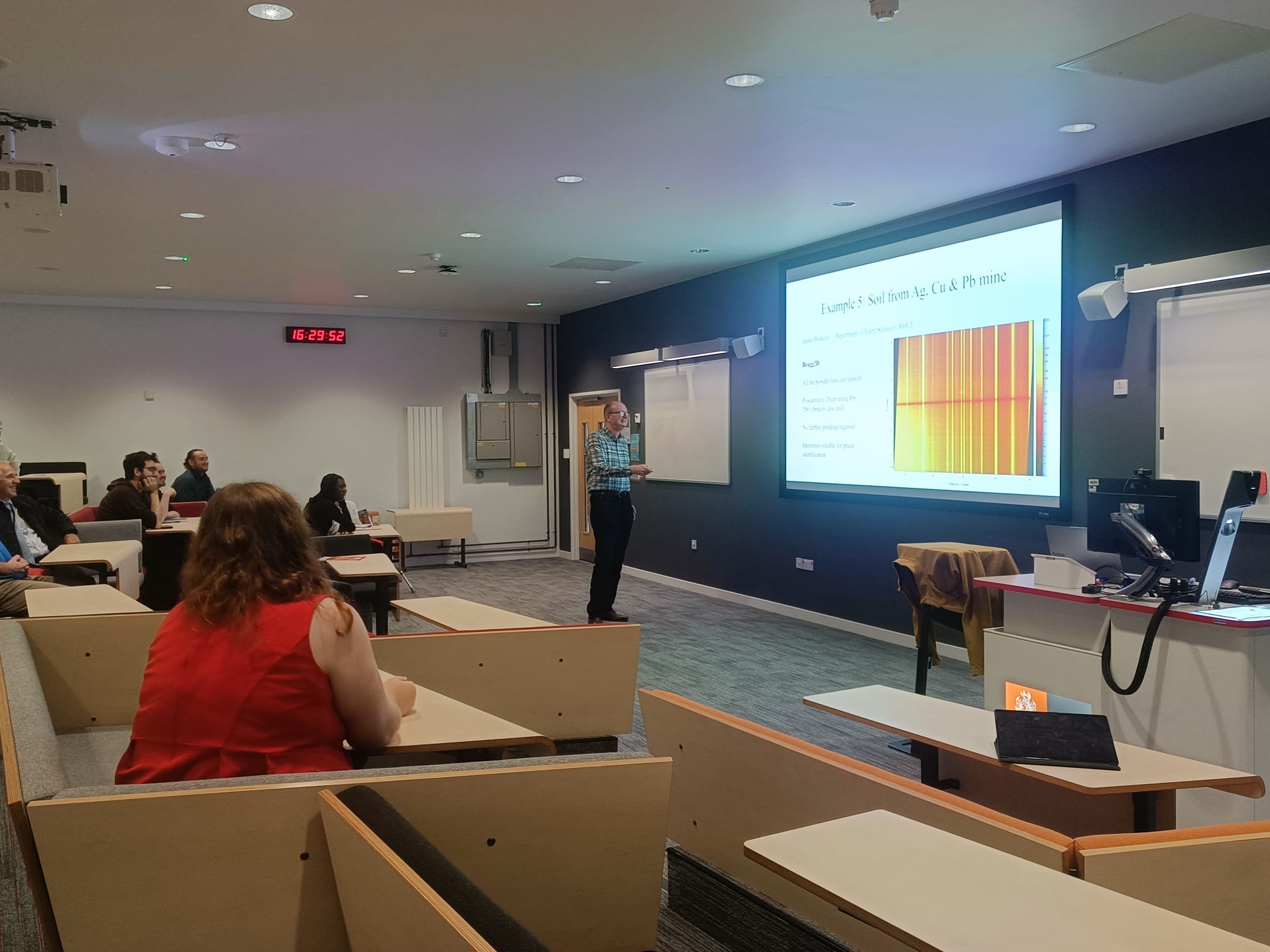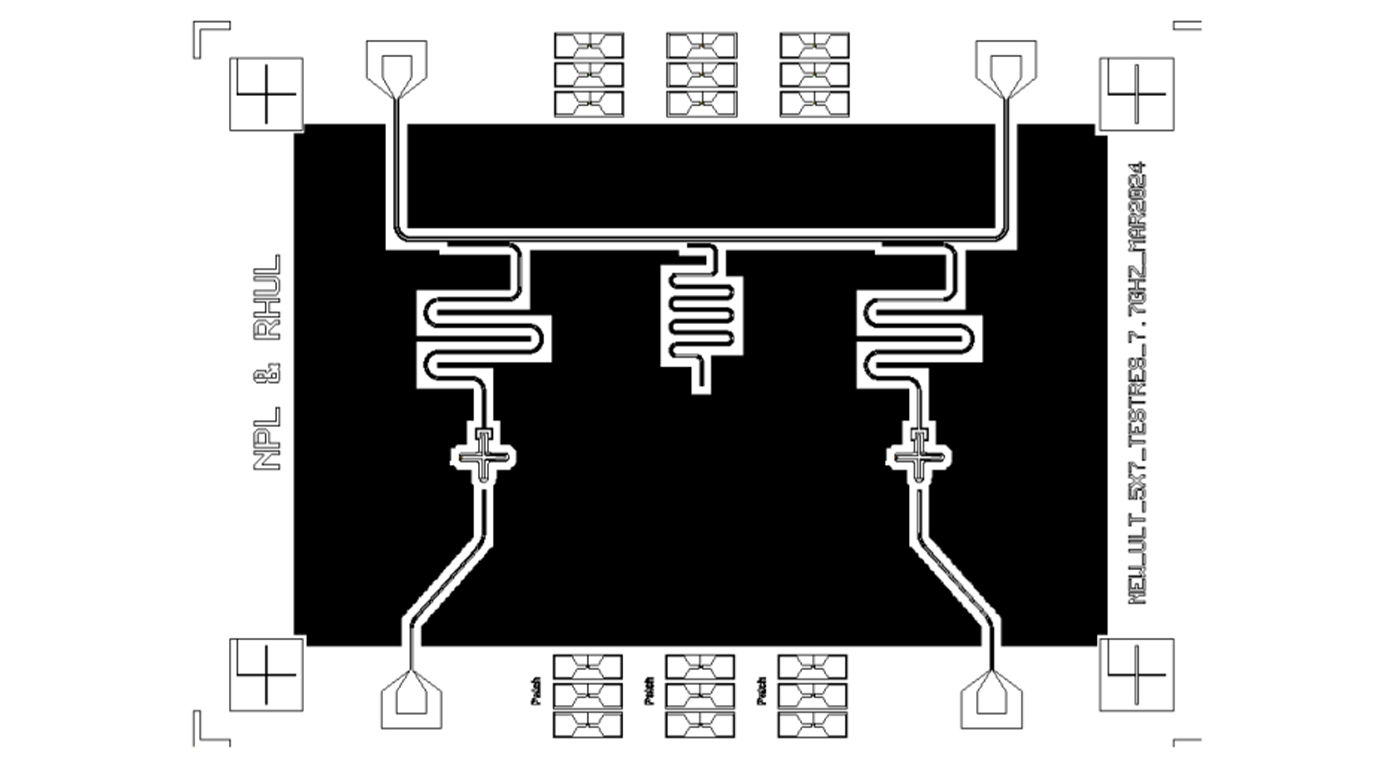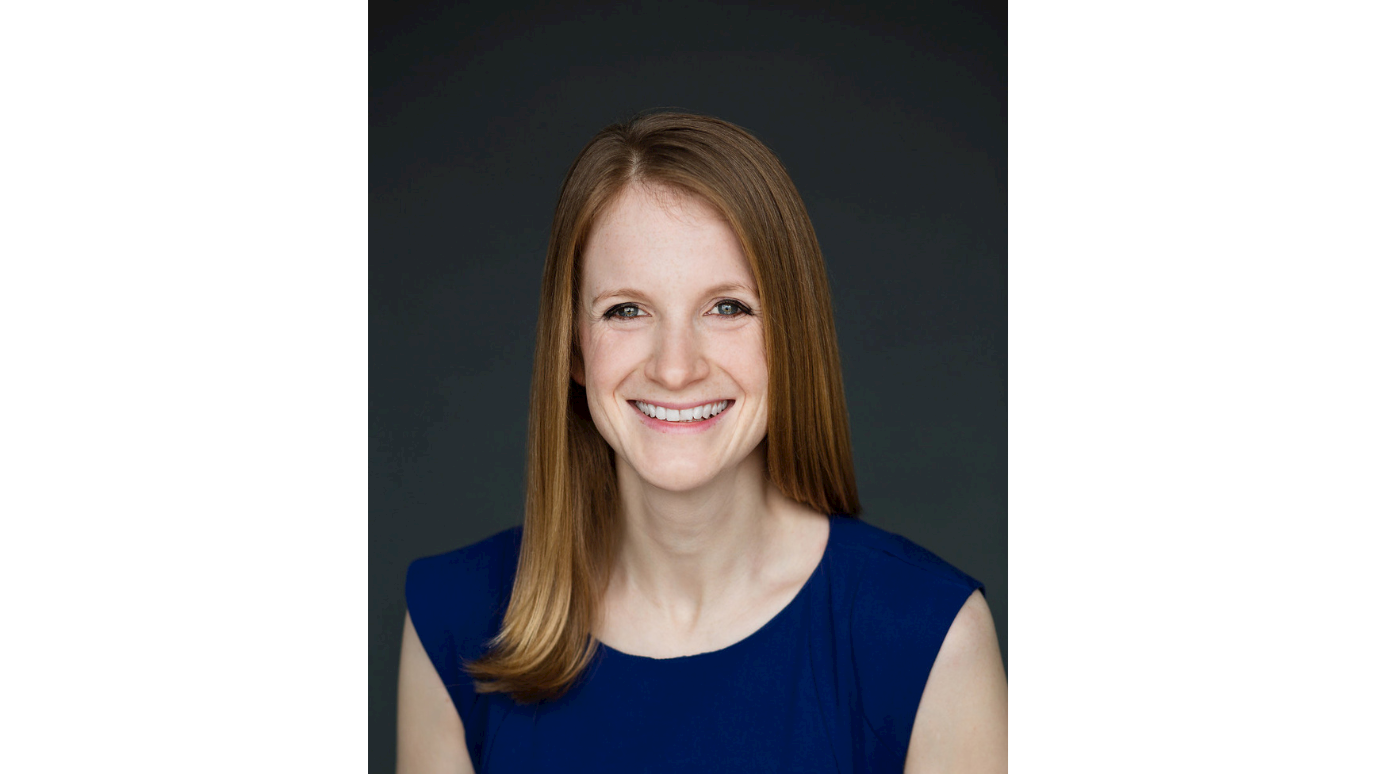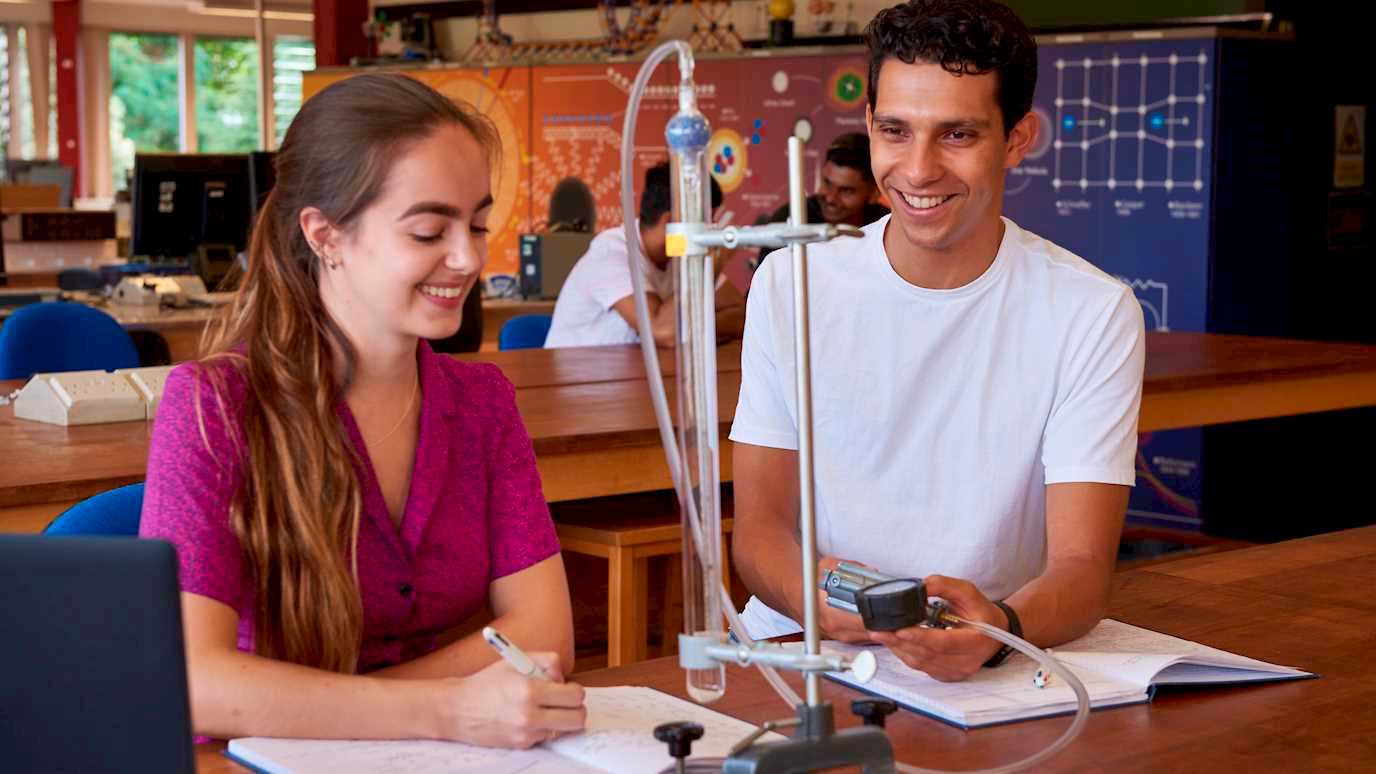Researchers at Royal Holloway have proposed a new system for using superfluid helium 4 in a cavity optomechanical system.
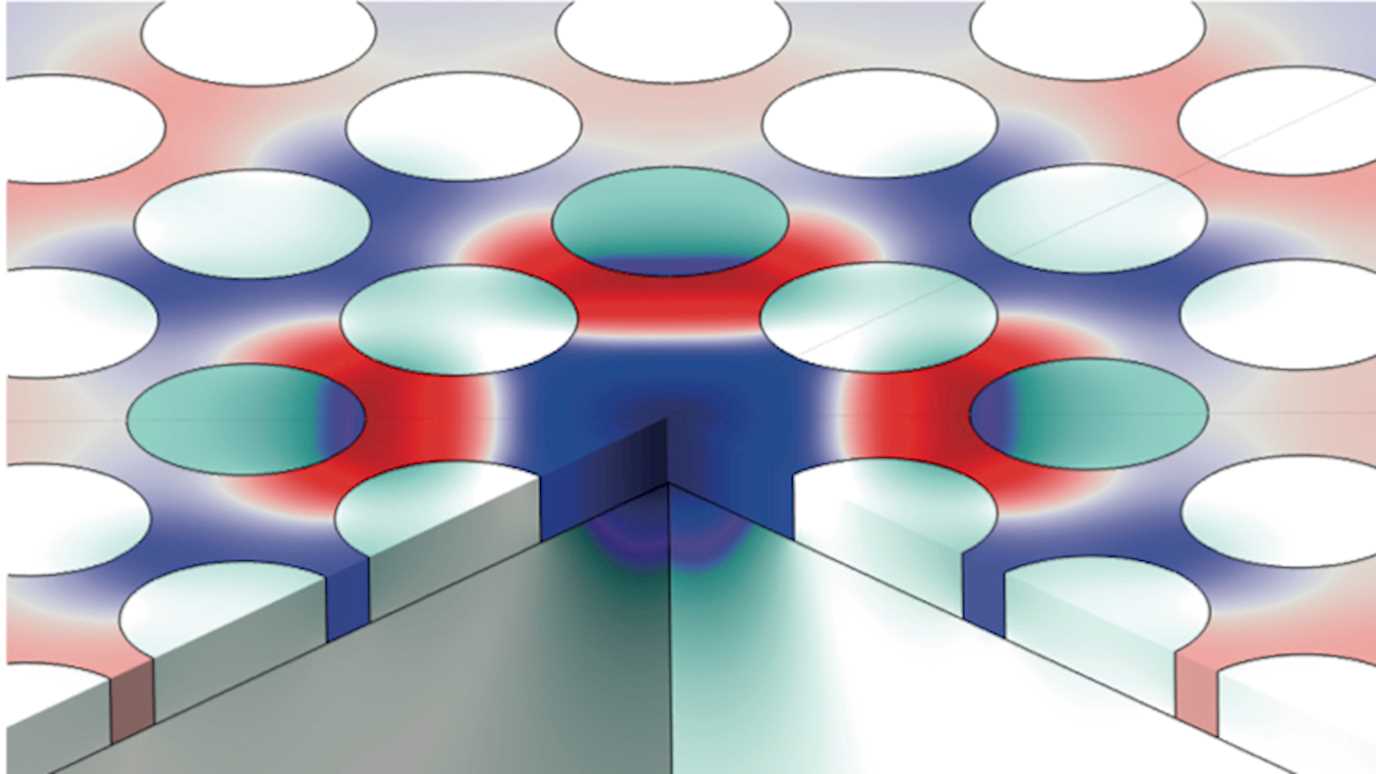
Researchers at Royal Holloway have proposed a new system for using superfluid helium 4 in a cavity optomechanical system. Confining superfluid sound waves is key to pushing this area of research further into the quantum regime, where the classical image of waves begin to break down, and the sound waves themselves begin to act as quantum particles. Within this regime, vibrational sound modes in helium become versatile quantum sensors, exploiting the light-matter interaction as a new resource for quantum technology applications, even probing the quantum nature of superfluid helium itself.
Optomechanics is a vast field concerned with the interaction between light and mechanical systems, here an acoustic vibrational mode in superfluid helium. This newer field within optomechanics, seeks to push optomechanical systems into an ultra-low loss regime. Helium is ideal for this due to its superfluid nature at low temperatures, meaning it can vibrate while losing little energy. Low loss is key to preserve the quantum nature of these systems. Detection strength of the acoustic field with light is also essential. The strength of this light-acoustic field interaction is called the optomechanical coupling strength. The group proposes a system to confine the helium acoustic mode to a small volume, thereby isolating it to prevent losses and enhancing light-acoustic field interaction.
The paper reviews the existing theory on losses in superfluid helium 4 at millikelvin temperatures, colder than most places in the Universe, and yet, a temperature routinely accessible at the London Low Temperature Laboratory. From this theory, the authors demonstrate how losses expected in classical matter disappear in superfluid helium at low temperatures.
A ‘sonic crystal’ structure is proposed to confine the helium acoustic vibrational mode, which takes the form of a pattern of cylindrical pillars arranged in a lattice, which superfluid helium 4 can flow around, filling the space in-between. These artificial crystal-like structures can be made with modern cleanroom techniques on the micron or even nanometre scale. In these structures, sound waves can be trapped into narrow regions, increasing the optomechanical coupling strength, and preventing radiation losses. The figure above shows the mode shape of the acoustic mode trapped into a sonic crystal defect, blue representing a high-pressure region of the wave and red a low pressure one.
Simulations showed that sonic crystals could trap acoustic energy so effectively that the material confining the helium becomes the most important source of loss. Finally, the article discusses simulations showing how losses could be mitigate through choice of commercially available cleanroom materials (e.g. silicon, quartz).
The proposed system shows potential for minimising losses, while the increased confinement of the acoustic mode also enhances the coupling strength. In the future, these types of systems could be used for quantum sensing and even lead to new schemes for storing quantum information.
Research completed within the Superfluid Optomechanics Group at Royal Holloway, by Sebastian Spence and Xavier Rojas, with assistance from Z.X. Koong, SUPA Heriot-Watt University, and S.A.R. Horsley, University of Exeter.
Article: S. Spence et al. Phys. Rev. Applied 15, 034090 (2021)










